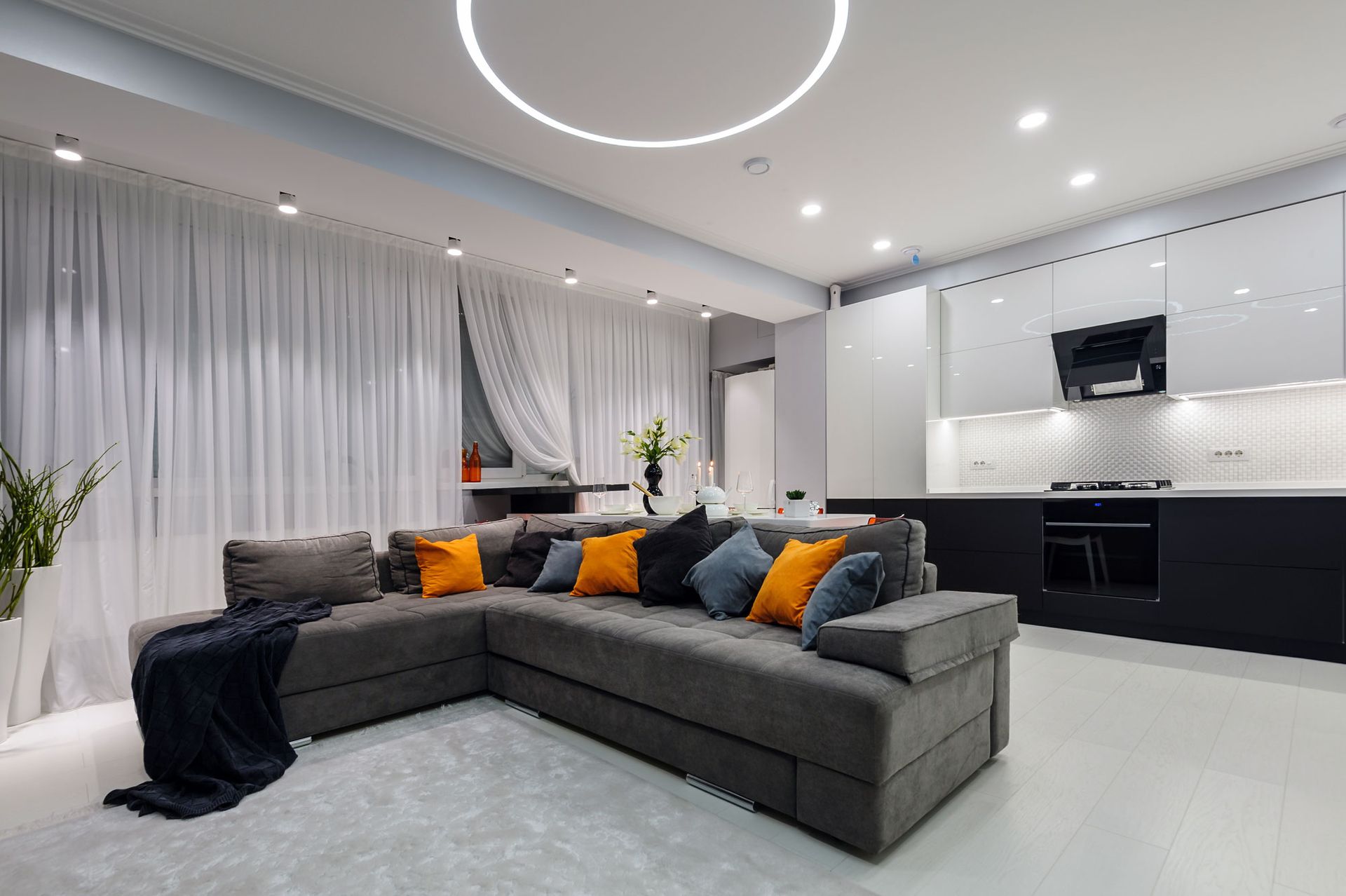In recent years, there has been a remarkable shift in attitudes toward the environment. With increasing awareness of pressing environmental issues, individuals are actively seeking ways to reduce their carbon footprint and make more sustainable choices in their daily lives. This growing consciousness has extended to the realm of home decor, leading to a surge in demand for sustainable and eco-friendly design.
Sustainable design encompasses a wide range of practices that aim to minimize the negative impact on the environment. It involves using materials and resources efficiently, reducing waste, and prioritizing the use of renewable and recycled materials. When it comes to home decor, people are now opting for furniture and accessories made from recycled materials, such as reclaimed wood or repurposed metals. These pieces not only bring a unique charm to the space but also help reduce the demand for virgin materials and the associated environmental costs of extraction and processing.
Energy efficiency is another important component of sustainable design. By incorporating energy-efficient lighting, homeowners can significantly reduce their energy consumption and carbon emissions. By replacing outdated lighting fixtures with LED alternatives, individuals can make a small but impactful change towards a greener future.
Beyond materials and lighting, sustainable design also encompasses the overall design approach and practices employed. For example, optimizing natural light through well-placed windows and skylights can reduce the reliance on artificial lighting during the day. Utilizing passive heating and cooling techniques, such as proper insulation and shading, can contribute to more energy-efficient homes. Additionally, incorporating green spaces and plants within the design not only enhances the aesthetic appeal but also improves indoor air quality by reducing pollutants and promoting natural ventilation.
The demand for sustainable and eco-friendly design reflects a collective desire to tread more lightly on the planet and create a healthier living environment. By embracing these practices, we can contribute to the preservation of our natural resources and reduce the ecological footprint associated with home decor. Sustainable design is not just a passing trend; it is a conscious choice towards a more sustainable and eco-friendly future for generations to come.


